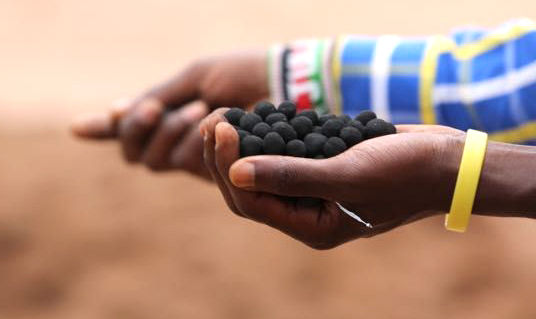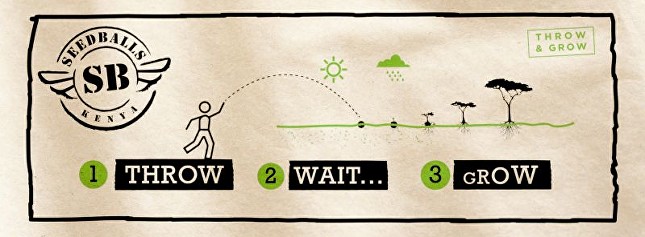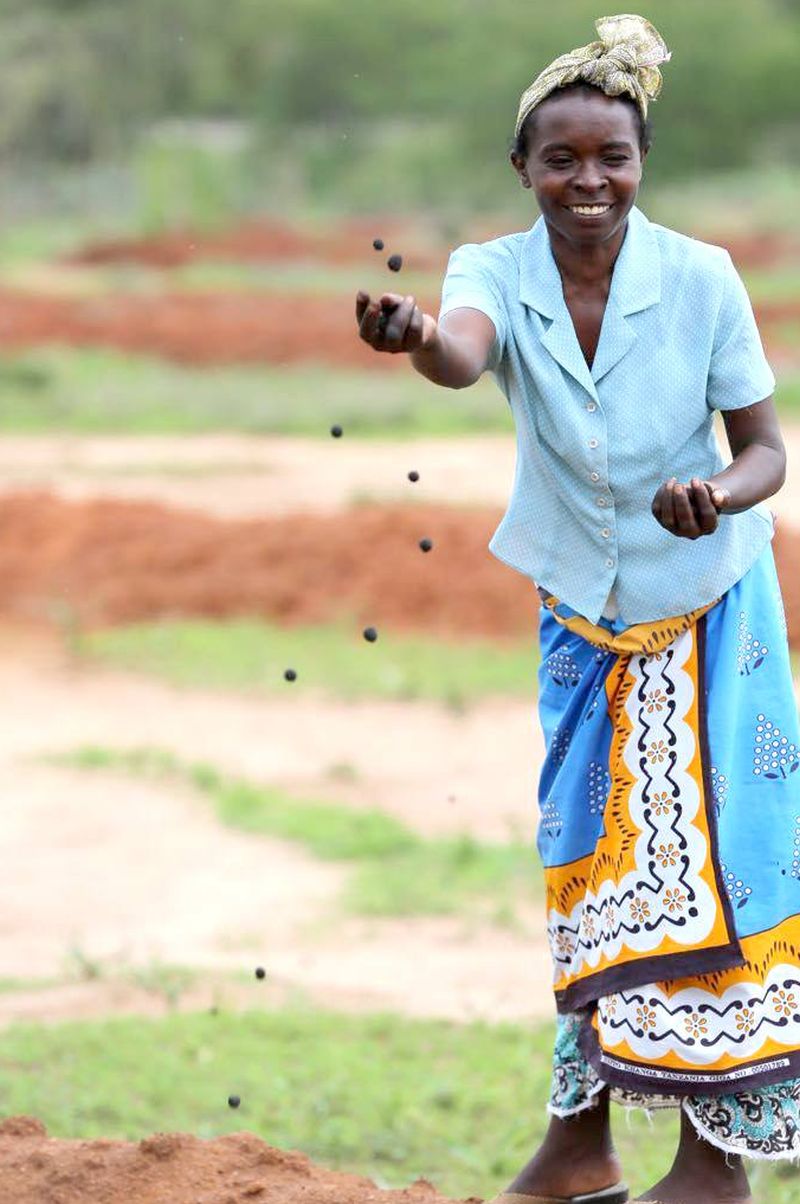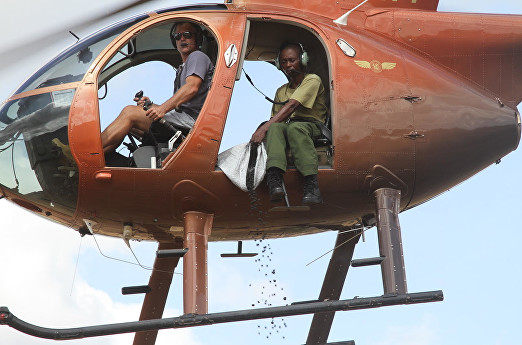
- Sustainable Planet -
- 4mins -
- 1,834 views
Could these ‘Seedballs’ help reverse Kenya’s deforestation crisis?
Social entrepreneur Teddy Kinyanjui hopes that by using specially-coated tree seeds, Kenya’s lost forests can be restored.
One seedball has the potential to grow another million trees.
Kenya is estimated to be cutting down 5.6 million trees and shrubs a year, and deforestation is turning much of the country into a dustbowl. Teddy Kinyanjui, co-founder of Seedballs Kenya, may have found a solution: seedballs! One seedball has the potential to grow another million trees if it becomes a mother tree in an area that’s been over-exploited and very degraded.
Could ‘Seedballs’ help reverse Kenya’s deforestation crisis?
The importance of trees as food, shelter and fuel can not be understated, but what is equally important is how they protect crops and plants from the wind and soil erosion.
Logging, mostly for charcoal, the main local fuel, has left the land vulnerable to high winds and drought which in turn have dried the earth and leached it of nutrients. Kenya is estimated to be cutting down 5.6 million trees and shrubs a year according to the Green Africa Foundation, and the IUCN lists loss of habitat as the top reason for the declining giraffe population. Deforestation is turning Machakos county and much of Kenya into a dustbowl.
"The scale of the problem in Kenya is absolutely incredible," says Teddy. "There are tens of millions of acres that have really been degraded and are coming to a tipping point almost of no return in terms of being able to support human and animal life." said Teddy Kinyanjui, co-founder of Seedballs Kenya. However, he may have found an ingenious solution: seedballs!
Source: SeedballsKenya

What is a seedball?
A Seedball is simply that – a seed inside of a ball of charcoal dust mixed with some nutritious binders. The makers are focusing on helping reduce the costs of planting various useful indigenous plant species in Kenya. CLICK HERE to see the full range of trees, shrubs and grasses currently available.
The biochar coating of the ball helps protect the seed within from predators such as birds, rodents and insects and extremes of temperature until the rains arrive. Once soaked, the seedball will help retain and prolong a moist environment around the seed to encourage germination.
100% Natural and 100% GMO free! The tree seeds used are all sourced from the Kenya Forestry Seed Center who has a stock of seed of about 220 tree species collected from more than 600 localities (provenances) around Kenya. The company say they use this provenance data to guide thrm in their seed distribution efforts.
Natural organic seed coating. Salvaged charcoal dust from an urban charcoal vending site in Nairobi makes these seeds safe enough to even eat!
Recycled packaging. Seedballs Kenya support local small businesses and source all of their paper bags & packaging materials locally and their printing is done by a small start up company in Nairobi.
Low carbon manufacturing. The entire manufacturing process is fossil fuel free!
Source : SeedballsKenya


Seedballs succeed better than saplings grown in pots or bags
Around half the seedballs thrown will germinate to become mature trees, and there is evidence that native tree species such as acacias grow stronger, more extensive root systems than those grown in a pot and transplanted. The stronger roots should make the tree more resilient to drought and extreme weather as well as anchoring the earth to stop further soil erosion.
Kinyanjui explains, “This is a remarkable new way of doing low-cost treeplanting. You’re basically growing a tree for a shilling each, without the need of digging a hole, have any plastic bags, transplanting seedlings, and we found the trees are actually healthier, especially in dry land areas when they’re planted from a seed versus planted from a seedling because the root-to-shoot ratio, there is so much more roots from direct seeding versus when you’re planting in a plastic bag seedling (when) the trees are bigger and the roots are smaller.”
Aeroplanes and helicopters are probably the best way to get the job done quickly, with GPS guidance and precision technology to deliver seedballs to exactly where they’re needed, so the right seed in the right place, at the right time.
Teddy has persuaded a number of helicopter charter companies to keep bags of seedballs under the seats so passengers can join the push to reforest Kenya, and his own fingers are black from throwing seedballs out of the open door of a helicopter.
Seedballs Kenya has just started exporting seedballs to Congo and Teddy hopes, in time, they will help reforest arid areas around the world.
See below, as catapults are used to fling seedballs over long distances.
Source: SeedballsKenya

